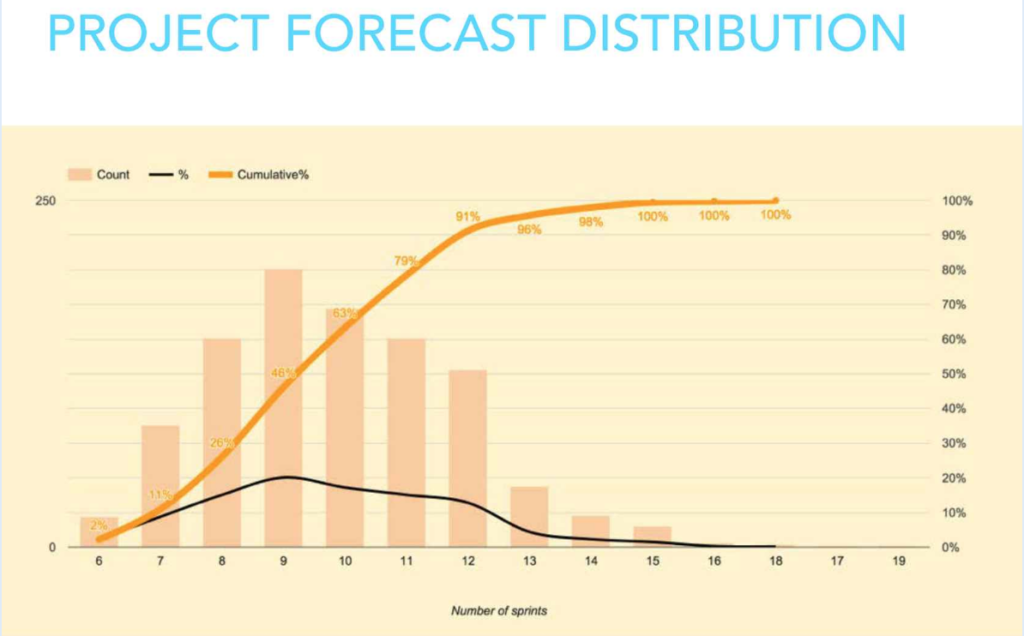You won’t work in the Agile world for too long before you start hearing talk of #NoEstimates, but….

So, right off the bat, this sounds extreme, evangalisty and out-there-Agiley doesn’t it? How do we plan and communicate with stakeholders if we don’t estimate? We have been estimating for years so why would intelligent and respected people suggest that we stop doing so now?
- Firstly, #NoEstimates DOES NOT MEAN #NoPlans.

Okay, so that doesn’t sound quite so crazy, does it? But how does it work?
Well let’s start with a question, why do you estimate? The usual answers are:
- Sharing a plan
- Understanding costs
- Being able to make priority calls
- Facilitate problem-solution discussions
- Creating inflexible, output-focused plans when we know that adaptive, outcome-focused, planning is at the heart of progressive and successful business.
- Measuring how ‘productive’ a team or individual is when we know that value created is no way analogous to stories points completed.
- Encourages the creation of large backlogs of work to generate options which is all kinds of wasteful.
- Encourages or enables us to plan around dependencies across teams which we could be better off addressing rather than masking.
- Creates many meetings discussing relative sizings and options which are not helping us to understand our customer better or to ship product.
The #NoEstimates movement think that we can.

- This is evolution not revolution.
As you have probably seen in the Spotify Engineering videos, Agile teams plan in ranges but this is still fairly primitive and is only based on actual sprint averages. Card Counting too is pretty basic but thankfully statistical geniuses have devised probabilistic methods such as the Monte Carlo method. This further removes the human element from the planning process and provides sharable statistical models that can be communicated and discussed with stakeholders.
I am not going to go in to detail on the Monte Carlo method here, that has been covered elsewhere, but the 20,000 ft view is that it:
- uses real data on story delivery time from your team
- extrapolates your real data set to create a great-big-fat data set using statistical magic
- generates a model that allows you to visualise what the cone of uncertainty actually looks like
- enables better, data-driven, risk-based discussions with stakeholders

So Estimates or #NoEstimates?
That said, I have certainly wasted my fair share of time on producing (too detailed) plans that we had no intention of delivering to enable CEOs to make decisions. I have also sat round the table and had discussions about the Cone of Uncertainty with other CEOs who listened politely but looked on somewhat blankly. For me, any thing that adds some science in to the planning model and saves my colleagues from the wasted hours of planning discussions has to be a good tool in the chest.
But could this help us to diagnose and treat anti-patters such as dependencies and large or unstable teams and could these methods help is a variety of circumstances?

Oh, and just for the avoidance of doubt, to the best of my knowledge, none of these words were ever uttered by any current or former POTUS or their spouses but thanks for holding up signs on the internet all the same 🙂
